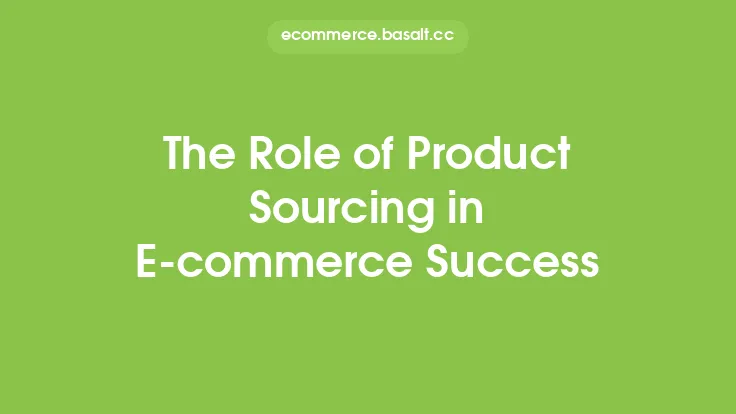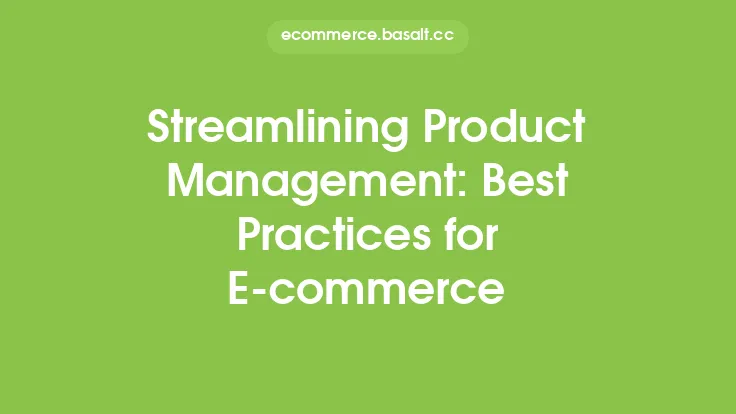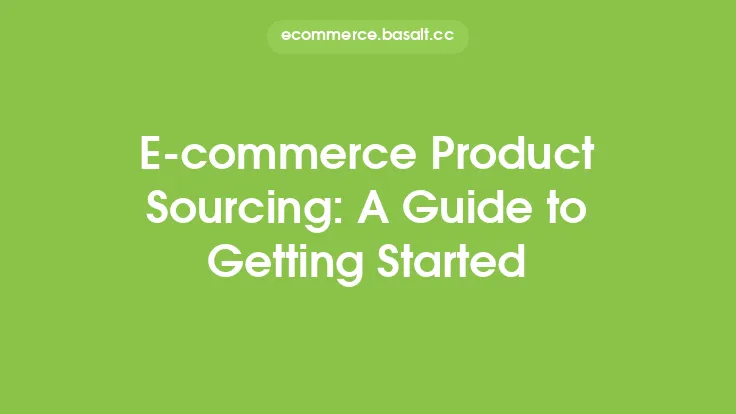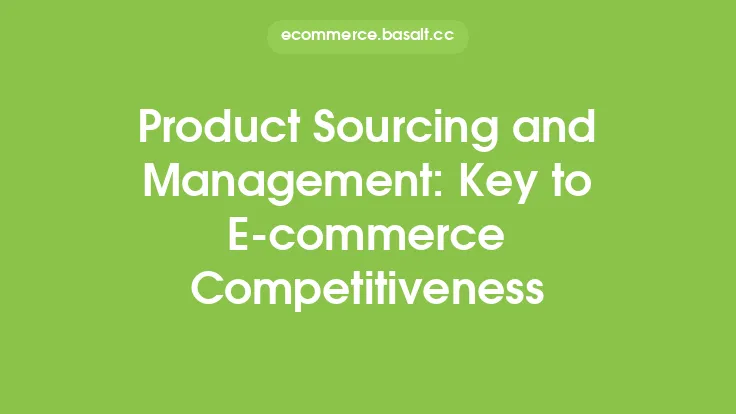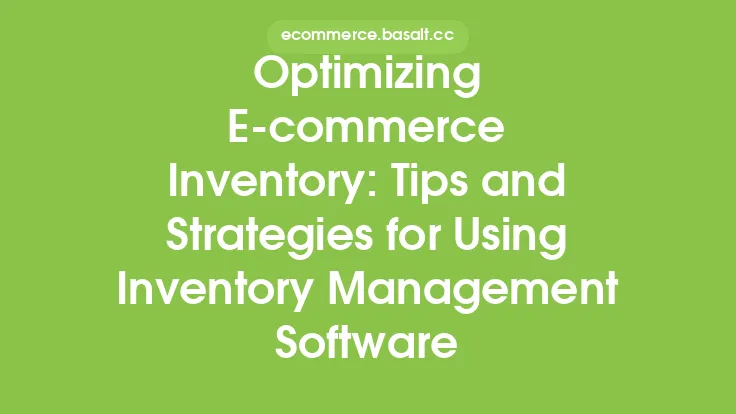As an e-commerce entrepreneur, one of the most critical aspects of your business is product sourcing. It's the process of finding and acquiring the products you want to sell on your online store. Product sourcing can be a daunting task, especially for those who are new to the e-commerce industry. However, with the right tips and strategies, you can find the best products to sell and build a successful online business.
Understanding Your Target Market
Before you start sourcing products, it's essential to understand your target market. Who are your customers? What are their needs and preferences? What products are they looking for? Conducting market research can help you identify the products that are in demand and the prices that customers are willing to pay. You can use tools like Google Trends, Amazon Best Sellers, and social media to stay on top of the latest trends and consumer behavior. Understanding your target market will help you make informed decisions when it comes to product sourcing and ensure that you're offering products that will appeal to your customers.
Evaluating Product Options
Once you have a clear understanding of your target market, you can start evaluating product options. There are several factors to consider when evaluating products, including quality, price, shipping costs, and profit margins. You'll want to look for products that are high-quality, affordable, and have a good profit margin. You should also consider the shipping costs and the time it takes to deliver the products to your customers. Some products may be cheaper to purchase, but if the shipping costs are high, it may not be worth it. On the other hand, some products may be more expensive to purchase, but if they have a high profit margin and low shipping costs, they may be a better option.
Working with Suppliers
When it comes to product sourcing, working with suppliers is crucial. You'll want to find suppliers who are reliable, trustworthy, and can provide you with high-quality products at competitive prices. There are several ways to find suppliers, including attending trade shows, using online directories, and contacting manufacturers directly. When working with suppliers, it's essential to establish a good relationship and communicate clearly about your needs and expectations. You should also have a contract in place that outlines the terms of your agreement, including payment terms, shipping arrangements, and product quality standards.
Quality Control and Assurance
Quality control and assurance are critical aspects of product sourcing. You'll want to ensure that the products you're selling are of high quality and meet your customers' expectations. There are several ways to ensure quality control, including inspecting products before they're shipped, using third-party inspection services, and implementing a quality control process in your warehouse. You should also have a process in place for handling defective or damaged products, including returns and refunds.
Managing Inventory and Logistics
Managing inventory and logistics is another critical aspect of product sourcing. You'll want to ensure that you have enough products in stock to meet customer demand, but not so many that you're holding excess inventory. You should also have a system in place for tracking inventory levels, monitoring product movement, and optimizing logistics. This can include using inventory management software, implementing a just-in-time inventory system, and working with a third-party logistics provider.
Staying Up-to-Date with Trends and Regulations
Finally, it's essential to stay up-to-date with the latest trends and regulations in the e-commerce industry. This includes staying on top of changes in consumer behavior, new product releases, and updates to laws and regulations that affect your business. You can stay informed by attending industry events, reading industry publications, and following e-commerce blogs and social media accounts. By staying ahead of the curve, you can ensure that your business remains competitive and compliant with the latest regulations.
Best Practices for Product Sourcing
In addition to the tips and strategies outlined above, there are several best practices that you can follow to ensure successful product sourcing. These include:
- Conducting thorough research on potential products and suppliers
- Evaluating product quality and pricing carefully
- Establishing clear communication channels with suppliers
- Implementing a quality control process
- Managing inventory and logistics effectively
- Staying up-to-date with the latest trends and regulations
- Continuously monitoring and evaluating your product sourcing strategy to ensure it's working effectively.
By following these tips and best practices, you can ensure that your product sourcing efforts are successful and that your e-commerce business is well-positioned for growth and profitability. Remember, product sourcing is an ongoing process that requires continuous monitoring and evaluation to ensure that you're offering the best products to your customers at competitive prices.

